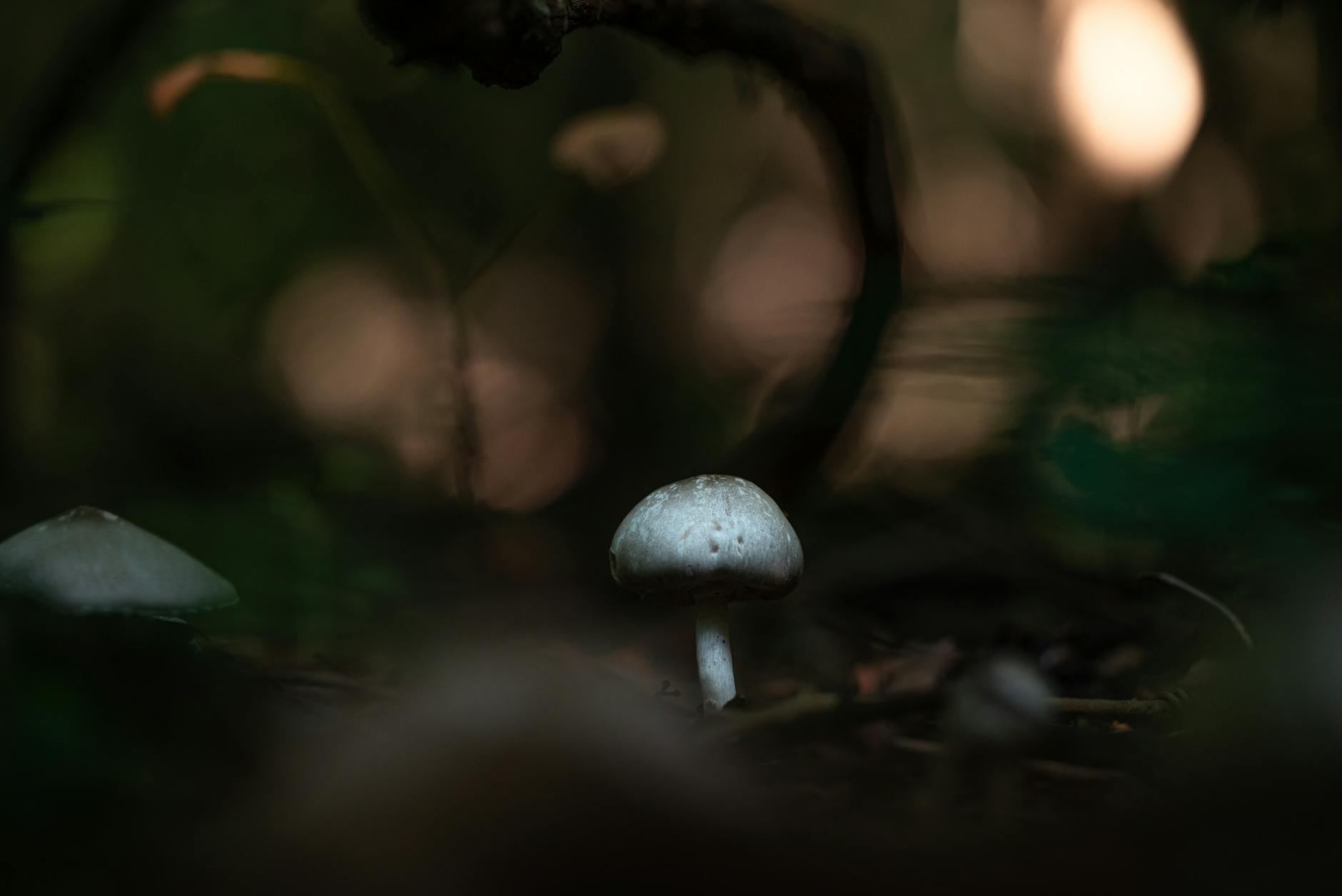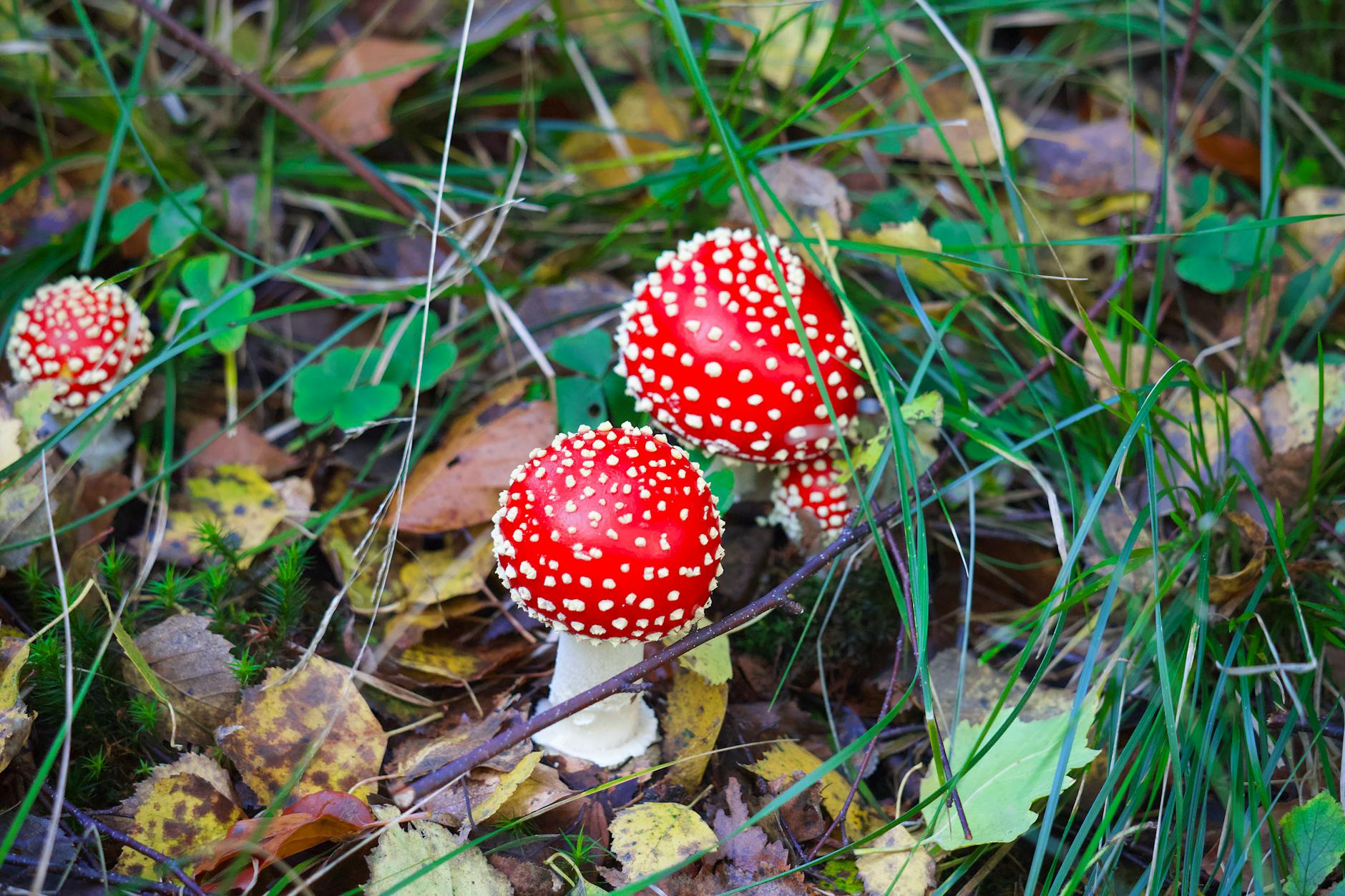Foraging for wild mushrooms can be a rewarding and exciting activity, providing a unique connection to nature and a chance to enjoy the fresh flavors of the forest. However, it’s essential to approach mushroom foraging with caution, as some mushrooms can be toxic and even deadly if consumed. In this essential guide, we will explore how to avoid toxic mushrooms while foraging, ensuring a safe and enjoyable experience in the natural world.
Identifying Safe Mushrooms for Foraging
Before embarking on a mushroom foraging adventure, it’s crucial to familiarize yourself with the characteristics of safe mushrooms. Look for mushrooms with clear markings and features that match those of known edible species. Some common edible mushrooms include chanterelles, morels, and porcini, which have distinctive shapes, colors, and textures that set them apart from toxic varieties. Utilizing field guides or joining mushroom-foraging classes can help sharpen your identification skills and ensure you are picking safe mushrooms.
Understanding Toxic Mushrooms and Their Dangers
Toxic mushrooms can vary in appearance, making them challenging to distinguish from edible species for the untrained eye. Some toxic mushrooms, such as the death cap and destroying angel, closely resemble edible varieties, increasing the risk of accidental ingestion. Consuming toxic mushrooms can lead to severe symptoms, including nausea, vomiting, organ failure, and even death in extreme cases. It’s essential to be aware of the most common toxic mushrooms in your region and avoid them at all costs while foraging.
Best Practices for Safe Foraging
To minimize the risks associated with mushroom foraging, follow these best practices:
– Always forage with an experienced guide or seasoned mushroom hunter, especially when starting.
– Double-check the identification of each mushroom using multiple reliable sources before consumption.
– Avoid foraging in areas where pollution or pesticides may have contaminated the soil and mushrooms.
– Learn to correctly harvest mushrooms without damaging the mycelium or surrounding environment.
– Start with a small sample of any new mushroom species and wait 24 hours before consuming more, to check for allergic reactions or adverse effects.
Engaging in Responsible Foraging Practices
Responsible foraging extends beyond merely avoiding toxic mushrooms. To ensure the sustainability of wild mushroom populations and protect the natural environment, consider the following practices:
– Harvest mushrooms in moderation and only take what you can use.
– Avoid picking mushrooms in protected areas or regions where foraging is prohibited.
– Leave some mushrooms behind to allow for spore dispersal and the regeneration of fungal colonies.
– Respect the natural habitat and wildlife by staying on designated trails and minimizing your impact on the ecosystem.
Conclusion
Mushroom foraging can be a fulfilling and enriching experience when approached with care and respect for nature. By educating yourself on safe mushroom identification, understanding the dangers of toxic varieties, and practicing responsible foraging habits, you can enjoy the bounty of the forest with confidence. Remember, when in doubt, it’s always best to err on the side of caution and seek guidance from experienced foragers or mycologists. So, arm yourself with knowledge, stay vigilant, and savor the delights of the wild world of mushrooms while staying safe and toxin-free.


